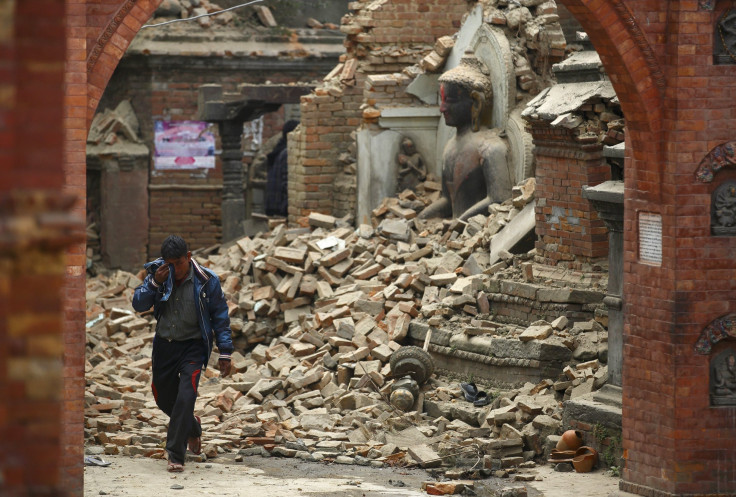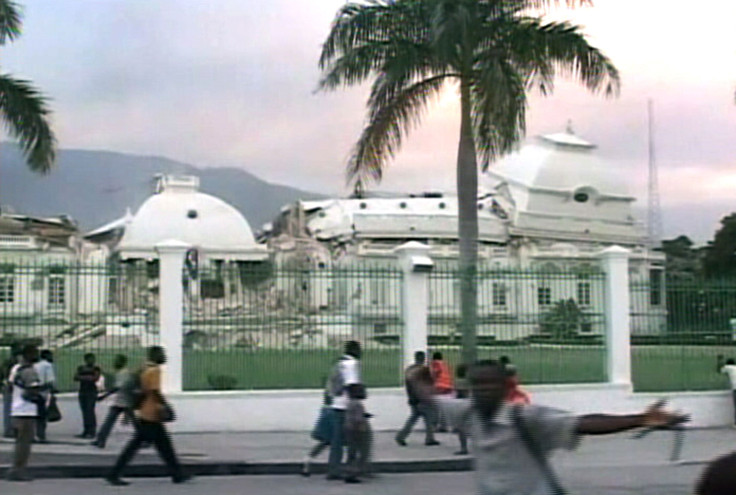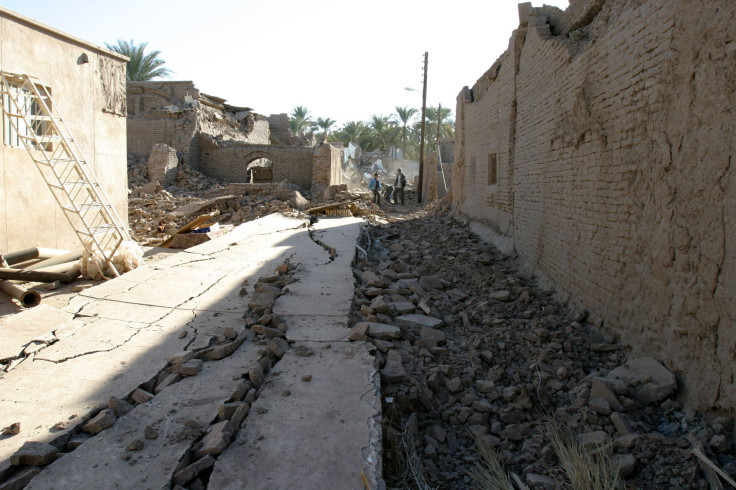Deadliest Earthquakes In History: How Nepal's Disaster Compares To Haiti, Indian Ocean Crises In Recent Years

A magnitude-7.8 earthquake decimated Nepal last weekend, ruining historic temples and killing more than 4,000 people. Even on Monday, residents were afraid to enter buildings for fear the structures would collapse. Aftershocks continued to rock the country as workers from international relief organizations flocked to the scene.
The aftermath of Nepal's earthquake, though tragic, has not yet reached the levels of several similar disasters over the past 25 years. The following are five of the most deadly earthquakes in recent history, according to data from the U.S. Geological Survey.

2010 Haiti Earthquake
The magnitude-7.0 Haiti earthquake hit Jan. 12, 2010, and was soon followed by aftershocks of up to 5.9 on the Richter scale. The temblor turned buildings into piles of rubble and killed more than 300,000 people, by the government's estimate. Haiti wasn't functioning at its full capacity, the Encyclopedia Britannica says, as it was still recovering from hurricanes that ravaged the area two years before. To make matters worse, rescue efforts may have started a cholera outbreak.

2004 Indian Ocean Earthquake
On Dec. 26, 2004, a magnitude-9.1 earthquake struck off the coast of Sumatra, an island in western Indonesia, after one plate of Earth's crust slid under another. The amount of energy it released was equivalent to 23,000 Hiroshima-type atomic bombs, National Geographic reported, and triggered tsunamis that killed about 228,000 people. It was the largest earthquake in 40 years.

2008 Sichuan Earthquake
The Great Sichuan Earthquake, with a magnitude of 7.9, was the worst in China in 30 years, the University of California, Berkeley's Seismo Blog reported. It took place May 12, 2008, along the Longmenshan Fault and killed nearly 90,000 people. About 375,000 were injured, many from the subsequent landslides that also complicated relief efforts. The economic loss from the temblor was about $86 billion.

2005 Kashmir Earthquake
The magnitude-7.6 earthquake devastated parts of Pakistan, India and Afghanistan on Oct. 8, 2005, causing 86,000 casualties and destroying about 32,000 buildings, the National Centers for Environmental Information reported. The earthquake struck right before winter began, further complicating rescue efforts and delivery of aid to 3.5 million newly homeless people. Pakistan required about $5.2 billion to recover from the temblor, with most of the money going toward rebuilding houses, schools and roads.

2003 Bam Earthquake
When a magnitude-6.6 earthquake shook Bam, Iran, on Dec. 26, 2003, it killed more than 31,000 people and made officials consider choosing a new provincial capital. The temblor damaged 85 percent of buildings in Bam and caused landslides in the days after. More than 75,000 people were displaced as the city -- with the help of more than 60 nations -- slowly recovered.
© Copyright IBTimes 2025. All rights reserved.






















